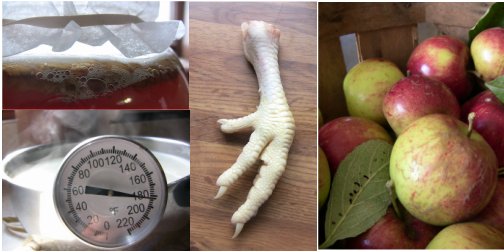Potential Savings
I drink primarily herbal tea, or green/black tea & herbal tea blends. No coffee for me! Because of this, I tend to buy a fair amount of tea. In fact, I would probably say I drink enough tea to equal one bag every day, for the entire year.
One of my favorite teas (Kroger Private Selection brand) costs $2.48 per box of 20 bags. That equals out to $0.12 per 2.0 g. bag of tea. A box contains 40g. (1.43 oz) of tea.
$0.12 per day x 365 days = $43.80 per year savings.
Return On Investment
As I mentioned before, if you know what to look for, you can potentially find herbal tea in your own backyard. You can also get a free transplant from a friend, or you can buy a small plant from a nursery. For our intents and purposes, I'll say that the plant or packet of seeds costs $2.00. So, that is your investment.
$41.80 return - ($43.80 - $2.00 investment) = 2090% return on investment
Hourly Wage
Collecting and preserving herbal tea is fairly straightforward. I go out there with a pair of scissors, or pick the leaves/stalks with my bare hands. Then I bring it inside and lay everything out on a cookie sheet. (Depending on the plant, I'll strip the leaves from the stalks either before or after drying.) Then I put the sheet in my gas oven overnight (the pilot light provides enough heat... I don't turn the oven on at all). When the leaves are crispy to the touch- and this may take up to two days- then I strip the leaves off of the stems and put them in an airtight container- usually a mason-type jar or recycled plastic container. Lastly, I label the contents.
Herbs commonly used for herbal tea: peppermint, spearmint, chamomile, raspberry leaf, nettles, pineapple weed, lemon balm. If you'd like to re-create some of your favorite teas, just save the ingredients list on the back of the box for reference. Unfortunately, many herbal teas have things like "natural flavors"... for example "peach flavor" or "pomegranate flavor" that you can't make at home. But there are some other ingredients that you can find at the store or make.
Common additions to herbal tea: stevia, hibiscus, dried ginger, dried orange & lemon peel. Whenever I have an orange (not very often) I try to save the zest. You can do this by taking a sharp paring knife and carefully removing the colored part of the rind... not the white pithy stuff! Dry the peel as you would herbal tea (in the oven) and break it into pieces before adding to loose leaf tea. Stevia is a sweetener that you can buy or grow in the garden. Hibiscus is very often used to add fruity flavor to teas. You can get hibiscus flowers in bulk, or buy tea bags with hibiscus in them.
I use a teapot with infusing insert to make herbal tea for Hubs and I. If I'm only making tea for myself, I just use a small tea ball infuser. You can also buy "press and brew" disposable tea bags, but I think that is too much bother for a $0.12 bag of tea. Plus it is a lot of waste. Brewing loose leaf tea allows you to use the old tea leaves for compost.
I figure it takes me about three minutes to prepare 2.0 grams of tea (as much as there is in a tea bag). Therefore:
$0.12 per 3-minute increment x 20 (increments per hour) = $2.40 per hour
Conclusion
What I like about this "investment" (that is, planting a tea garden) is the high potential for savings. Tea for one person alone has the potential to save $0.84 per week. In a family with three or four tea drinkers, this little project could save over a hundred dollars per year. If you are gardener or forager anyway, why not grow some herbal tea?
Of course, the downside of this project is the "hourly wage". It's below my $4.00/hr. standard. However, some teas take far less time to prepare. This will increase the hourly wage substantially. For example, spearmint leaves are a lot less labor-intensive to prepare than peppermint leaves, which are smaller. Drying a whole stem of raspberry leaves and stripping them with a gloved hand is a lot easier than cutting tiny chamomile flower heads with a pair of scissors. So, some teas are better to grow at home than others.
Do you enjoy herbal tea? Have any tips or tricks for the rest of us?
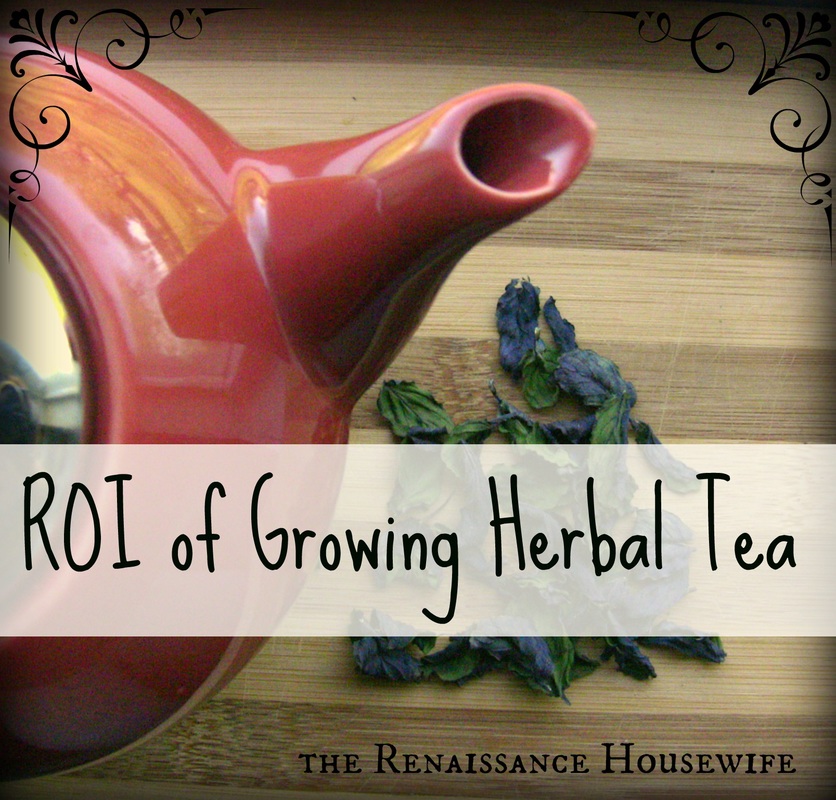
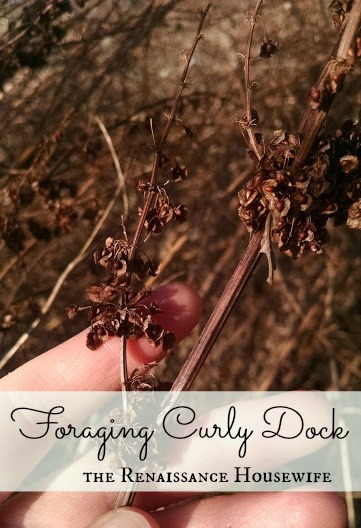
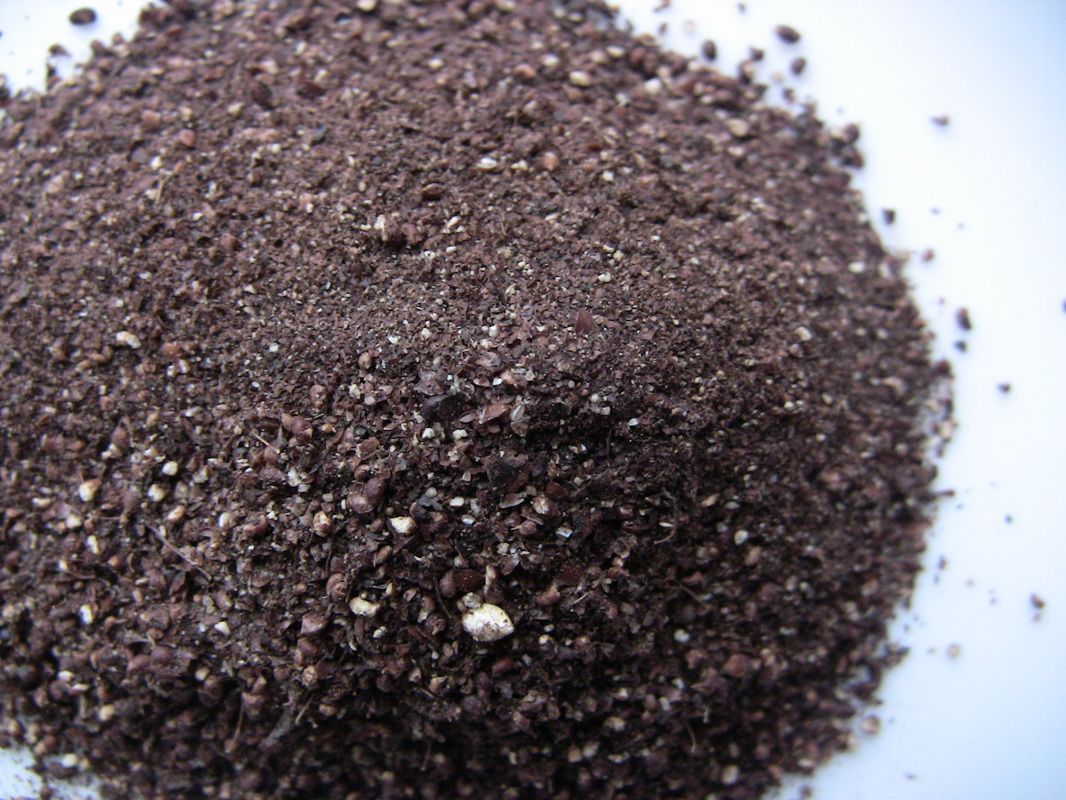
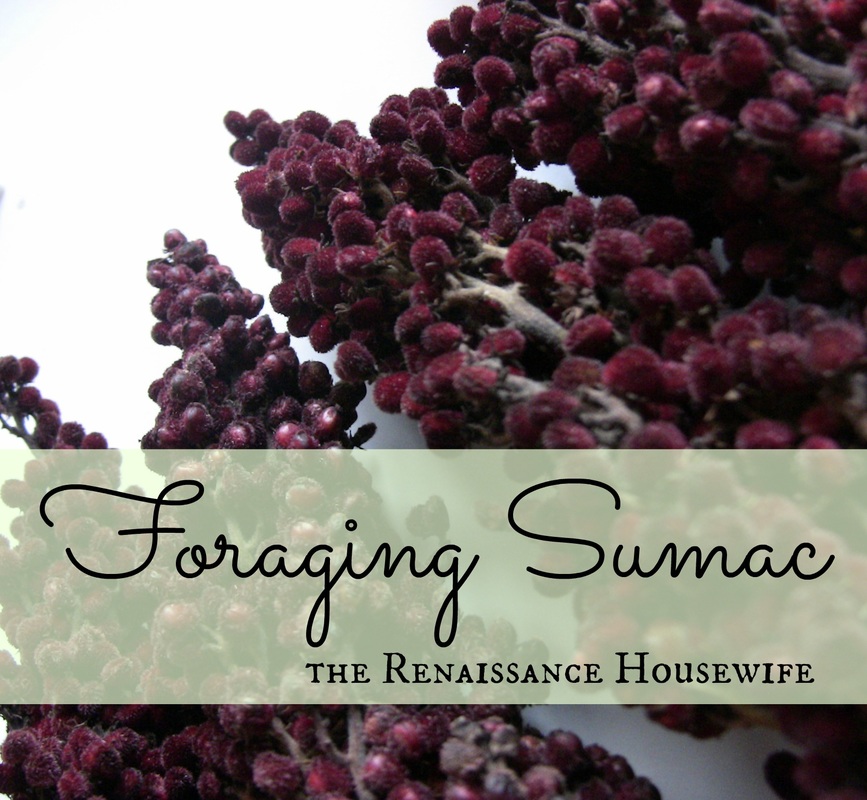
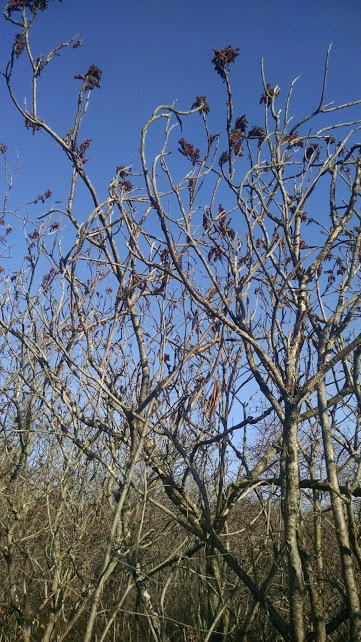
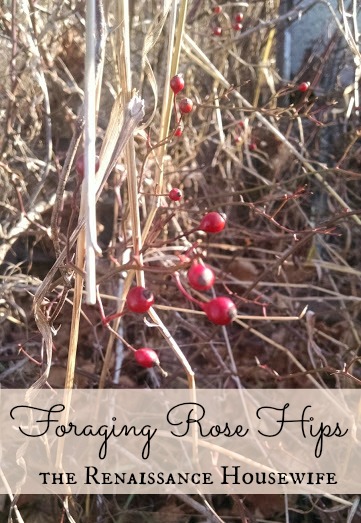
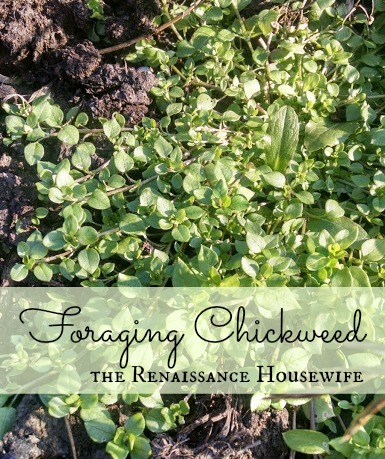
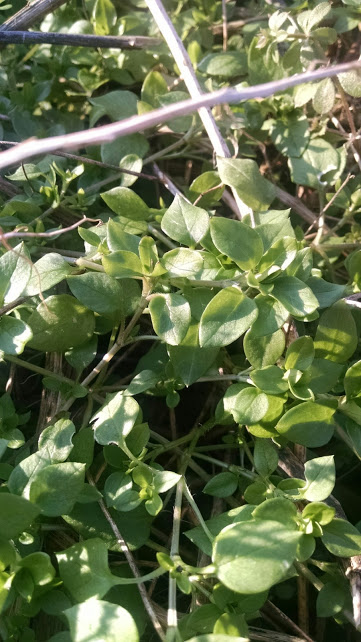
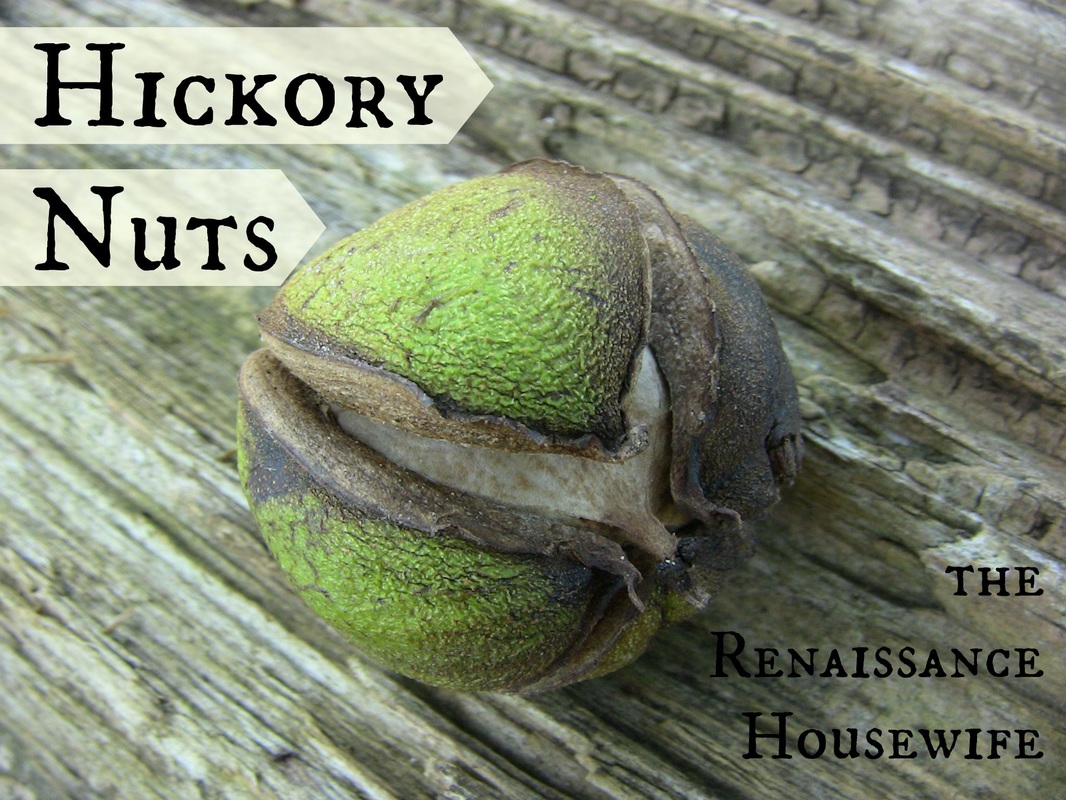
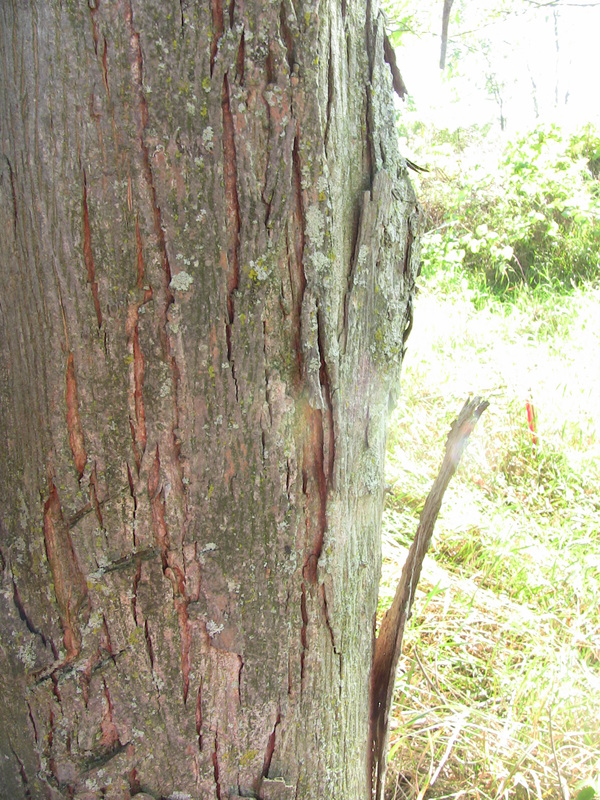
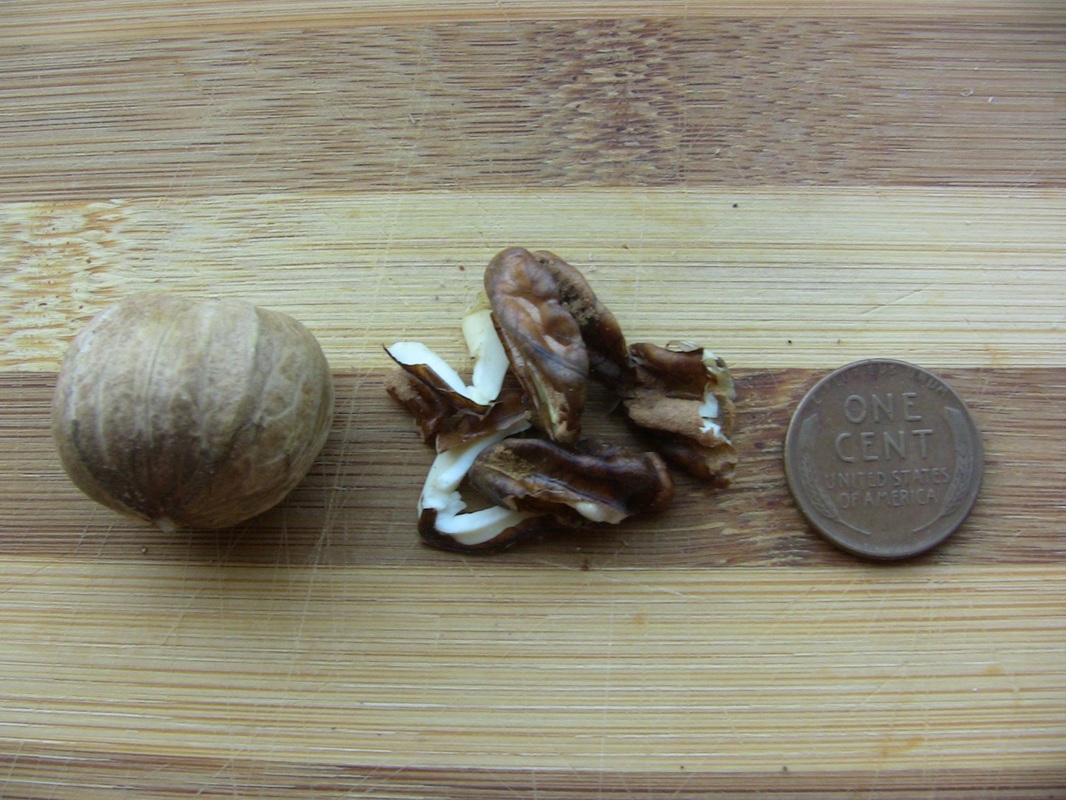

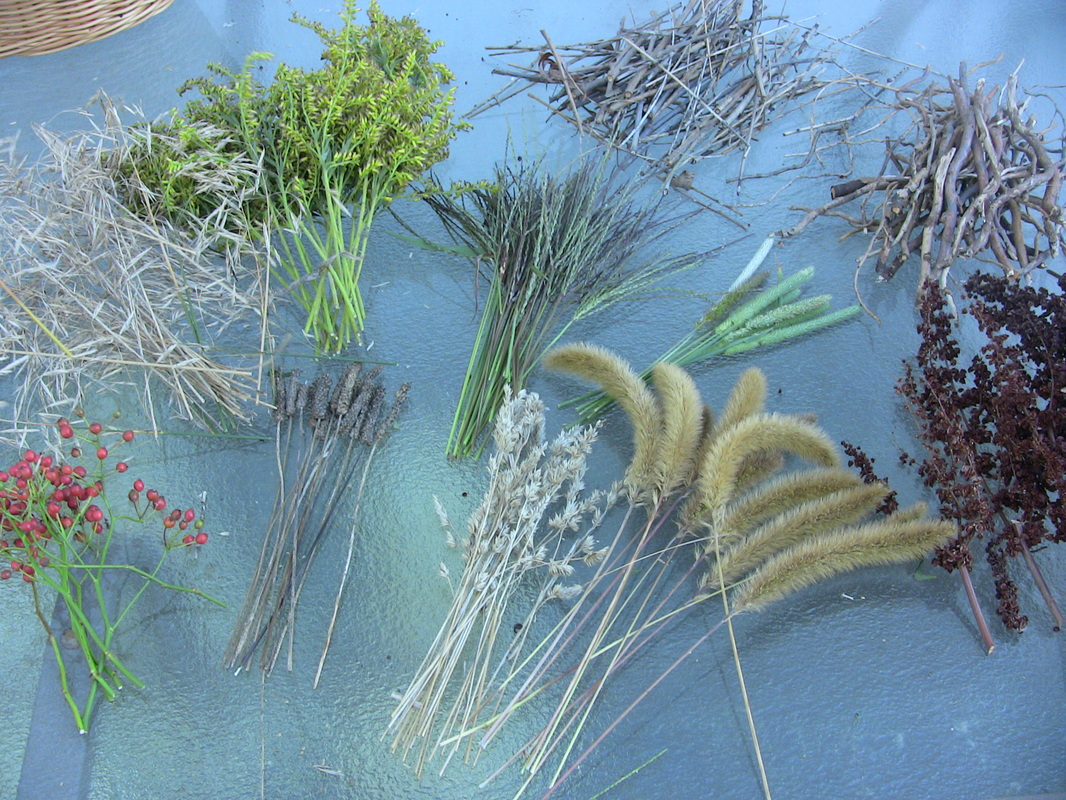

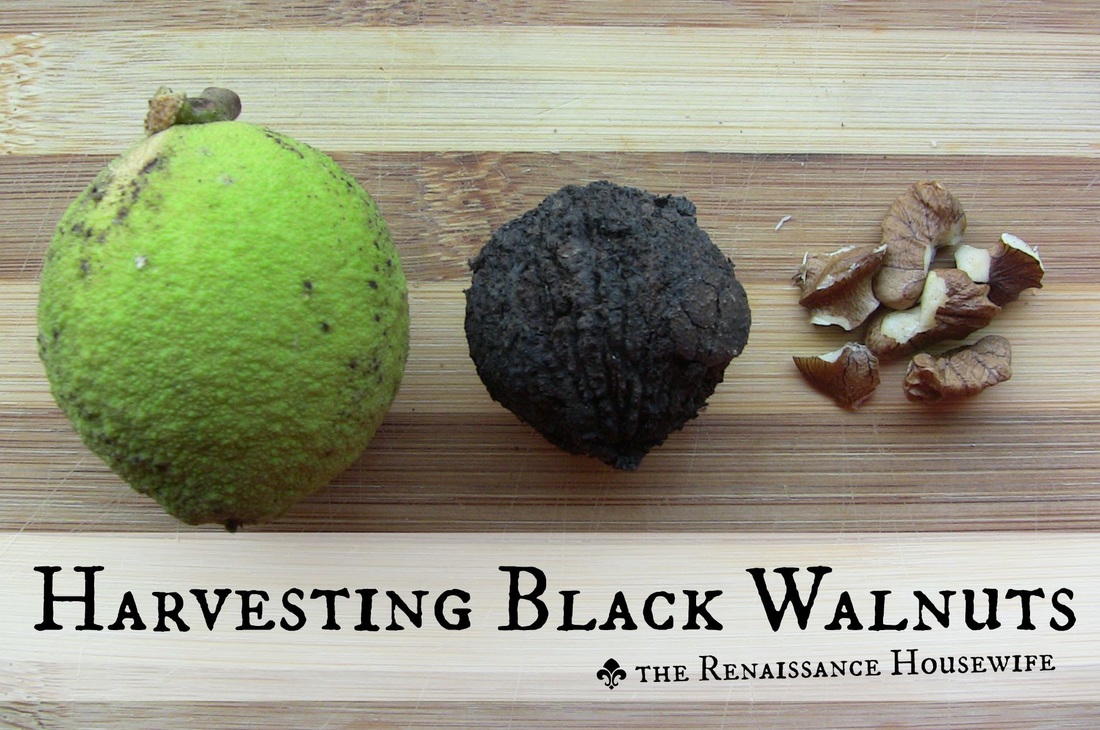
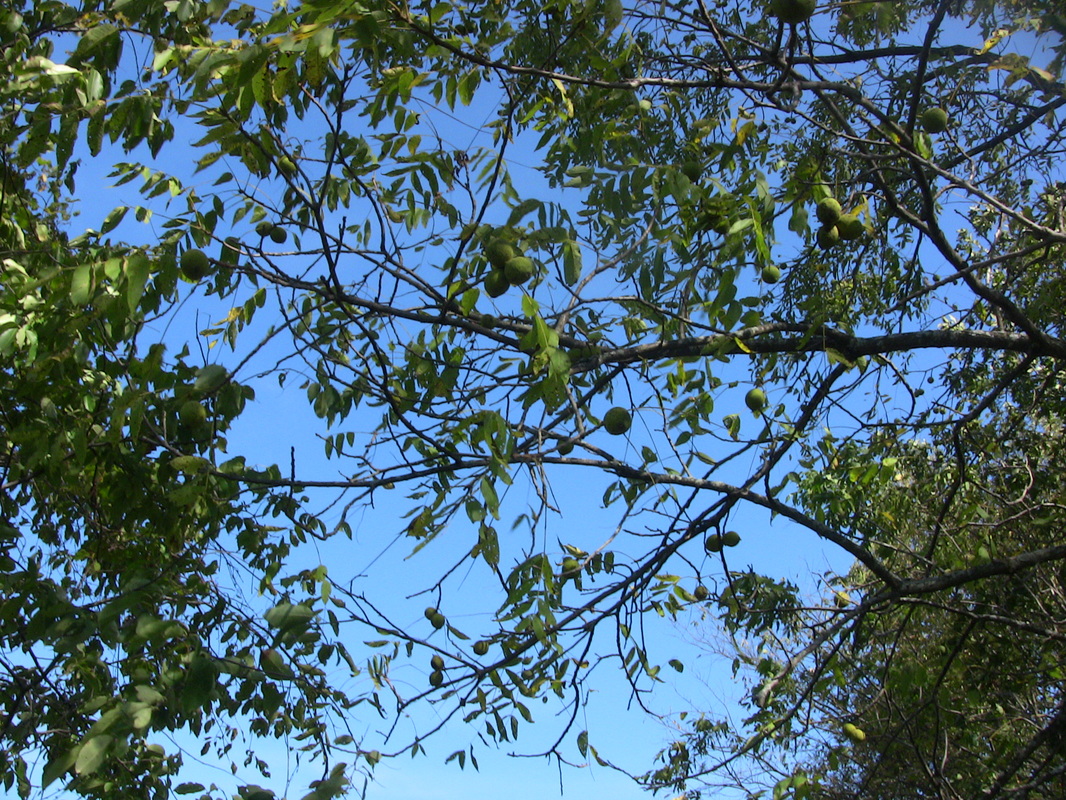
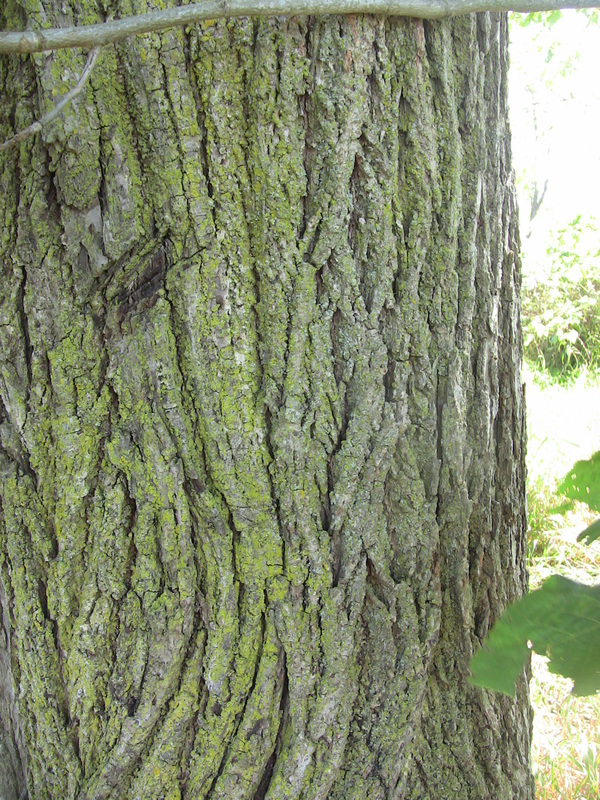
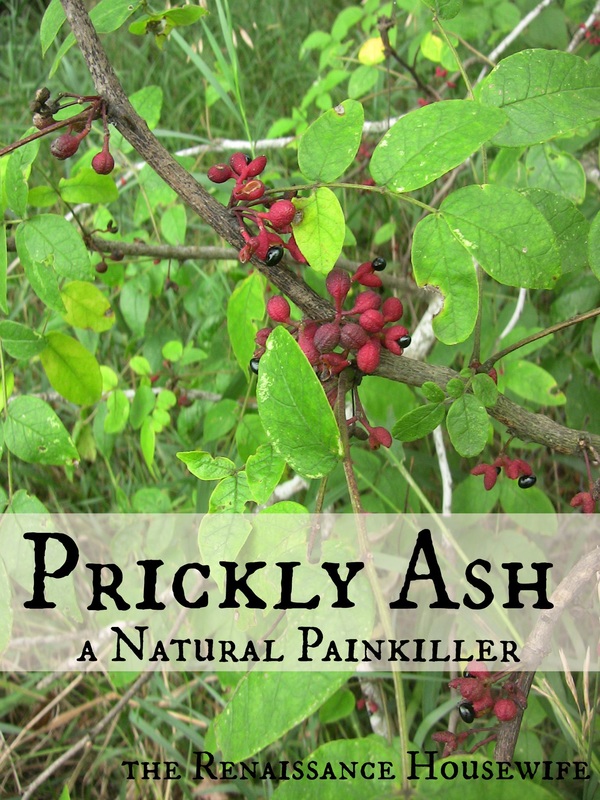
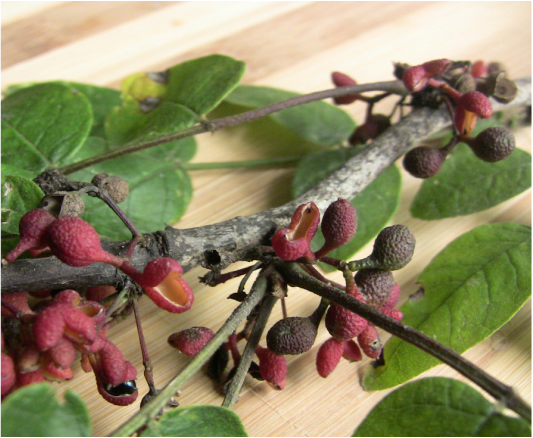

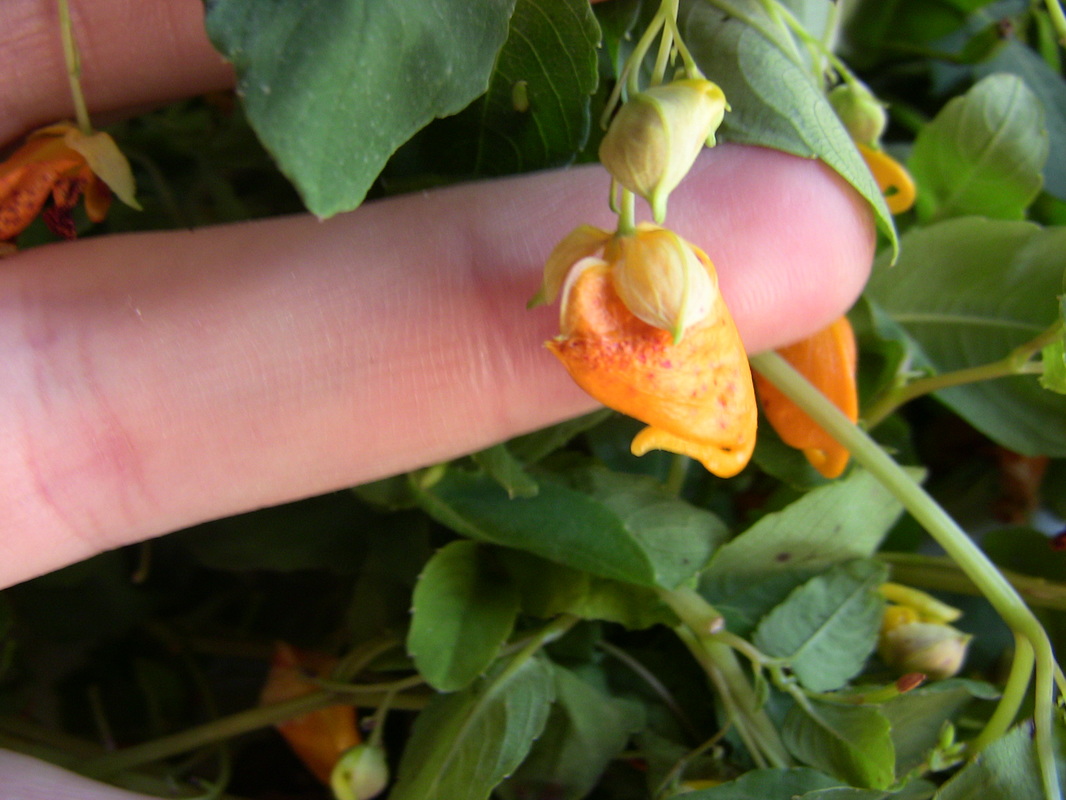

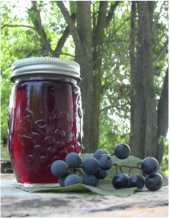




 RSS Feed
RSS Feed

